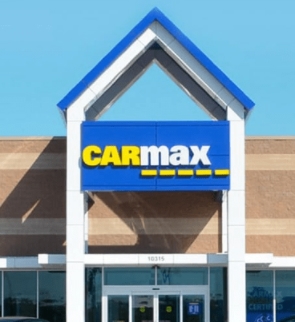Logo Creation
You work hard to find the name that perfectly represents your brand, product, company or service and then you have the difficult task of bringing it to life visually. If you used NameStormers to develop your new name, the NameStormers team is already invested in your new name and familiar with your brand, so moving into the logo development process is often seamless- saving you time, money, and hassle.
The NameStormers logo creation process is comprised of 4 simple parts:
- Visual Questionnaire: NameStormers will set up a kick-off call and present you and your team with a few pages of logos in your industry and outside of your industry to get your thoughts on some of your favorite logo designs, as well as those you believe will work best for the brand and why.
- Initial Concepts: Using the information gleaned from the kick-off call, the NameStormers team will develop an initial set of concepts and present them to your team in a follow-up meeting.
- Review & Tweaking: Once you have shared your opinions about the initial concepts, we either tweak the original designs or go back to the drawing board to develop the look you love.
- Final Logo Formats: Once we’ve nailed it, we send you the final logo in all requested sizes and formats and call it a day!


